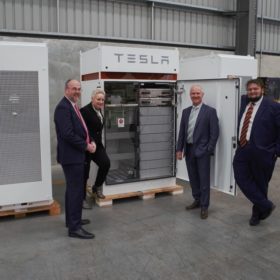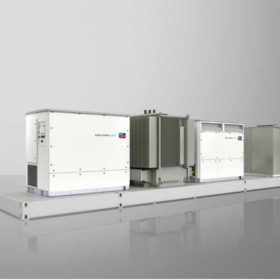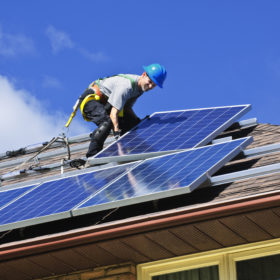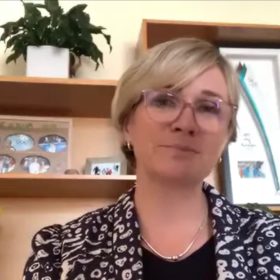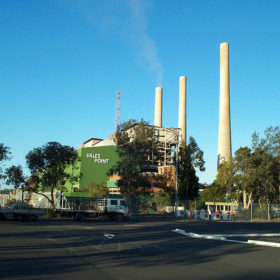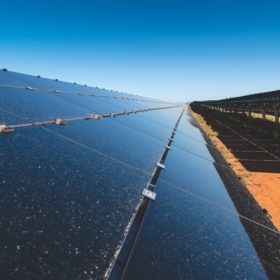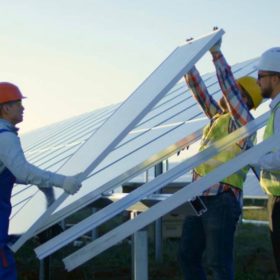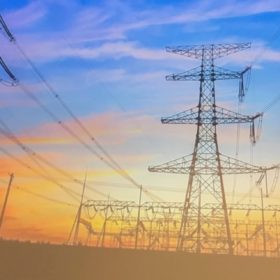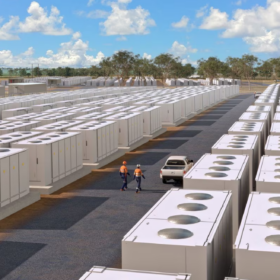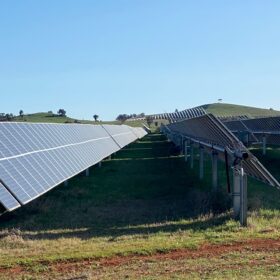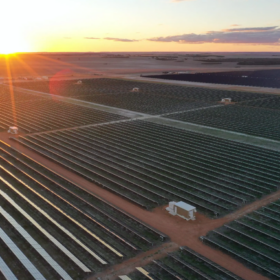Goldfields-Esperance gets its first community battery
Kalgoorlie-Boulder, in the Goldfields-Esperance region of Western Australia (WA), is set to receive the region’s first community battery. The WA Government-owned utility Western Power is looking to smooth out peak load periods by integrating the Tesla battery into the network.
Australia’s technology roadmap to lower emissions: Gas, CCS, coal and nuclear on the cards
A national Technology Investment Roadmap, which is intended to drive a successful shift to secure, more affordable energy and lower emissions, has flagged support for new gas investments, carbon capture and storage, and “emerging nuclear technologies”. The long-awaited document has prompted a flurry of reactions.
SMA to supply Australia’s biggest solar farm
The Western Downs solar farm will deploy German power electronics fabricated locally in Australia, with SMA announcing it has picked up a contract to supply the 400MWac development.
BayWa and GSES partner up to skill up the solar industry
Solar wholesaler BayWa r.e. is partnering with industry trainer Global Sustainable Energy Solutions (GSES) on training provision seeking to ameliorate a noticeable lack of quality control within the rapidly growing solar industry.
Independent MP Zali Steggall calls for Economic Recovery Roundtable
In the face of renewed political polarisation on the both Federal energy policy and Australia’s economic recovery from the impact of Covid-19, Warringah MP Zali Steggall has called for a Roundtable in which both public and private sector voices of the nation can better vet potential projects.
Morrison government to funnel climate funds into carbon capture and storage
As the fossil fuel industry applauds new legislative changes proposed by the Morrison government, which would pave the way for coal and gas projects to tap clean energy finance, environmental groups are shaking their heads in disbelief at the government’s lack of initiative to deliver a sensible climate policy. More than ever before, the fate of the Clean Energy Finance Corporation (CEFC) and the Australian Renewable Energy Agency (ARENA) is at stake.
IEEFA Australia: Investing in CCS and relying on voluntary action on emissions is revisiting the olden days
The government’s Climate Solutions Fund offers little hope for financial-industry backers of a Paris aligned economic recovery writes Tim Buckley, Director of Energy Finance Studies with IEEFA Australasia
New method for life cycle assessment of PV technologies
Researchers from Charles Darwin University have conducted a ‘cradle to grave’ life cycle assessment (LCA) of the four most widely used PV technologies. The academics say that cadmium telluride solar modules have the lowest life cycle impact, followed by amorphous, multi and monocrystalline silicon products.
Greens’ economic recovery plan to invest in renewables
The Greens released their plan for Australia’s economic recovery from the Covid-19 crisis this week. The plan looks to invest heavily in renewable infrastructure, a cunningly rational ploy to solve a few crises at once.
Queensland fast-tracks new transmission line to unlock renewables, battery industry investment
The Palaszczuk Government is providing funding to accelerate a $1.5 billion transmission link stretching from Townsville to Mount Isa in North Queensland in a bid to stimulate large-scale solar and wind investment and underpin the creation of local battery industry.
